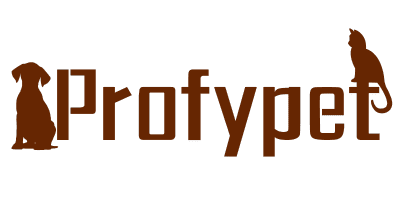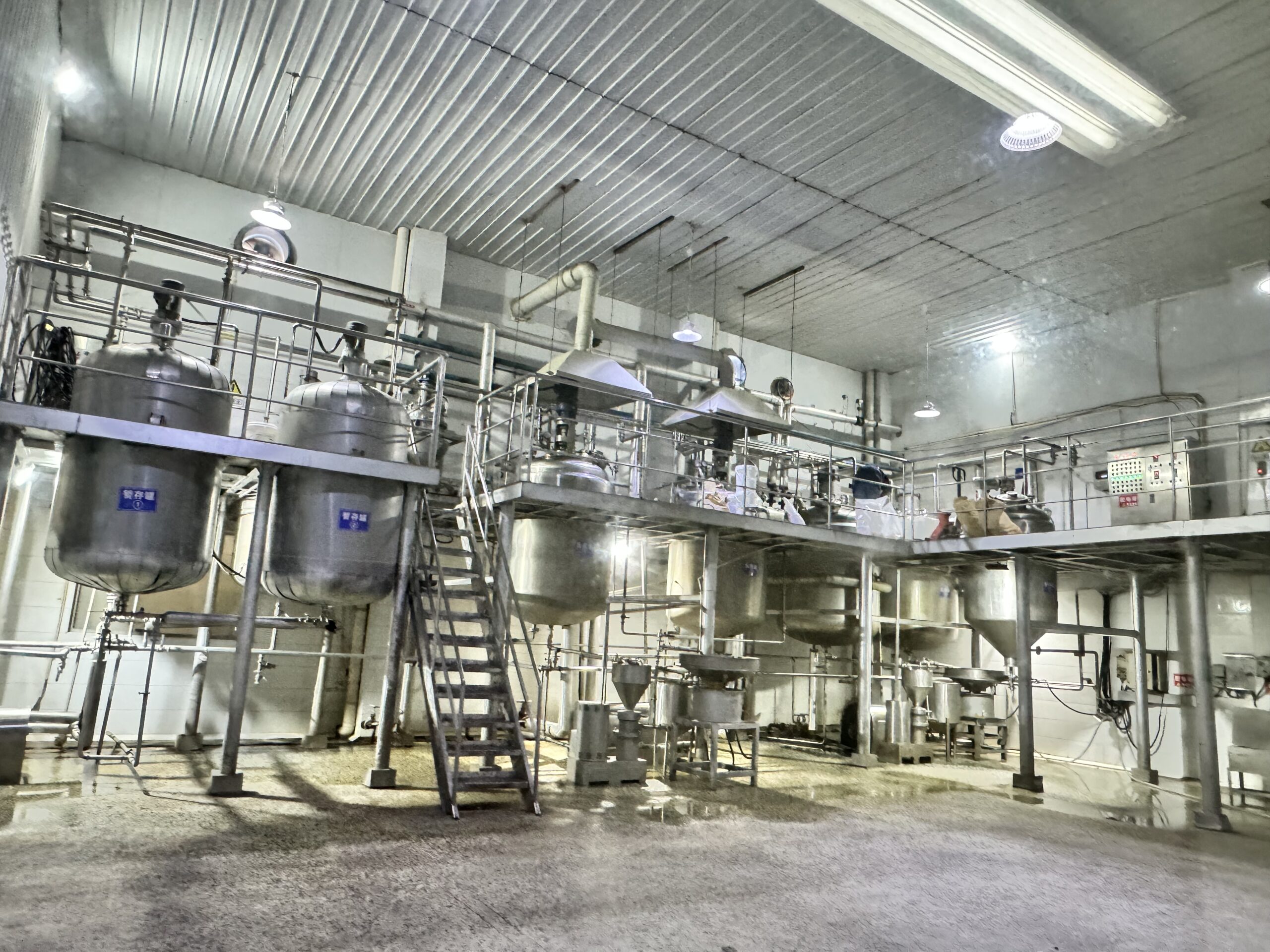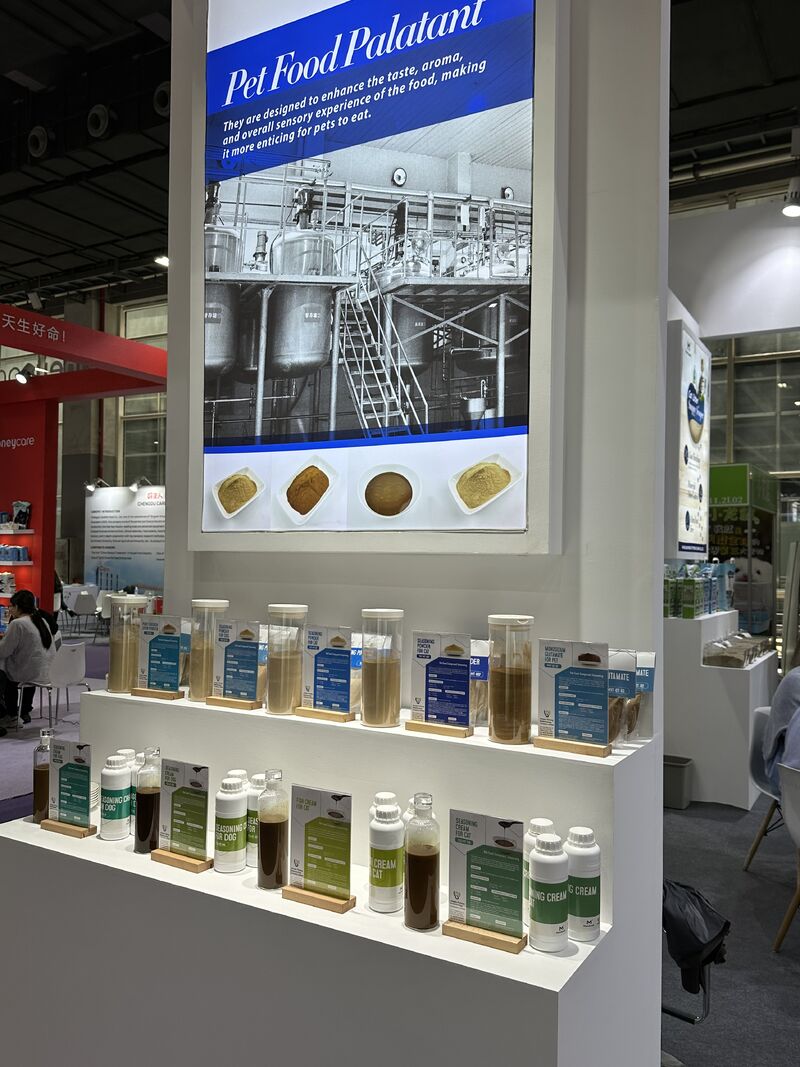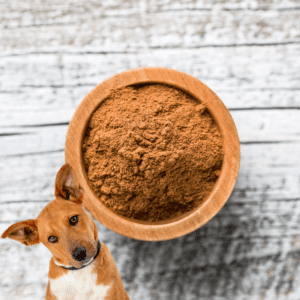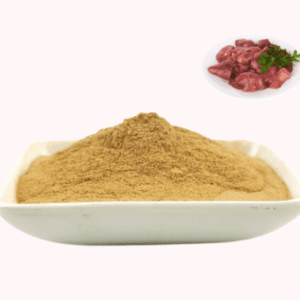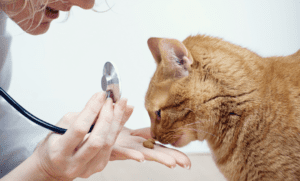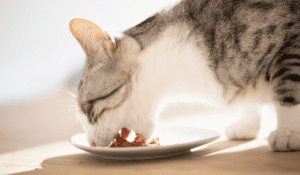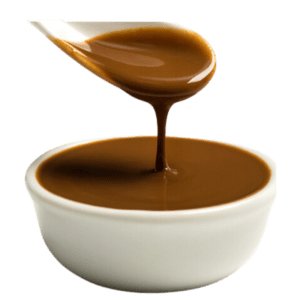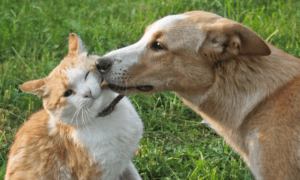The pet food industry is evolving rapidly, and one of the key innovations driving this change is the use of pet food flavoring enhancers. These additives not only make pet food more palatable but also help address issues like picky eating and feeding difficulties. In this blog, we will explore the different types of pet food flavoring enhancers, their benefits, and considerations for pet food manufacturers and wholesalers.

Understanding Pet Food Flavoring Enhancers
Flavoring enhancers are ingredients added to pet food to improve its taste and aroma, making it more appealing to pets. These enhancers can be derived from natural sources or created synthetically. Their primary goal is to ensure pets enjoy their meals while receiving the necessary nutrients.
Types of Pet Food Flavoring Enhancers
- Natural Flavoring Enhancers:
- Derived from sources like meat, poultry, fish, and vegetables.
- Examples include chicken broth, fish oil, and beef extract.
- Preferred by pet owners who want their pets to have a diet that closely resembles their natural preferences.

- Artificial Flavoring Enhancers:
- Synthetically created to mimic natural flavors.
- Commonly used to replicate tastes such as bacon, cheese, and liver.
- Undergo rigorous testing to ensure safety for pet consumption.
- Hydrolyzed Proteins:
- Produced by breaking down larger proteins into smaller components.
- Provide a rich, savory taste that is highly appealing to pets.
- Particularly useful for pets with food sensitivities or allergies.
- Fat Enhancers:
- Fats from animal or plant sources are used to enhance the aroma and taste of pet food.
- Essential for creating a rich and indulgent flavor profile.

Market Trends and Growth
The global pet food flavoring enhancer market is expected to grow significantly over the next decade. Factors driving this growth include:
- Increasing Pet Ownership: More households are adopting pets, leading to higher demand for quality pet food.
- Humanization of Pets: Pet owners are treating their pets like family members, prioritizing high-quality and flavorful food.
- Innovation in Pet Nutrition: Advancements in food technology are enabling the development of new and improved flavoring enhancers.

Factors to Consider in Pet Food Flavoring Enhancers
- Nutritional Balance:
- It is crucial to ensure that flavoring enhancers do not compromise the nutritional value of the pet food.
- A balanced diet is essential for the overall health and well-being of pets.
- Sensitivities and Allergies:
- Some pets may have allergies or sensitivities to specific ingredients.
- Pet food manufacturers should offer options that cater to these dietary restrictions.
- Quality and Transparency:
- Selecting reputable brands that prioritize quality and transparency in their ingredient lists is essential.
- Clear labeling helps pet owners make informed decisions about the food they provide to their pets.

Controversies and Regulations
The use of flavoring enhancers in pet food has sparked some concerns among pet owners. One major issue is that these additives may mask the inferior nutritional value of low-quality ingredients. Additionally, there are worries that intense flavors might encourage overeating, leading to obesity in pets.
Regulatory bodies like the FDA in the United States ensure that pet food flavoring enhancers meet safety and quality standards. Manufacturers must comply with these regulations to guarantee that their products are safe for pet consumption.

Choosing the Right Pet Food Flavoring Enhancers
For pet food manufacturers and wholesalers, selecting the right flavoring enhancers involves several considerations:
- Consultation with Veterinarians:
- Veterinarians can provide valuable insights into the dietary needs and health conditions of pets, helping to choose suitable flavoring enhancers.
- Pet Preferences and Acceptance:
- Observing how pets respond to different flavors can help identify their preferences.
- Introducing new flavors gradually and monitoring their acceptance can improve the mealtime experience.
- Age and Life Stage Considerations:
- Different life stages require specific nutritional profiles.
- Flavoring enhancers should be chosen based on the age and health requirements of the pet.

- Avoiding Harmful Ingredients:
- It is essential to avoid flavoring enhancers with harmful ingredients like excessive sodium or artificial preservatives.
- Opting for natural and high-quality ingredients ensures better health outcomes for pets.
- Combination with High-Quality Ingredients:
- Flavoring enhancers should complement the overall quality of the pet food.
- Manufacturers should strive to maintain a balance between taste enhancement and nutritional integrity.

Conclusion
Pet food flavoring enhancers are pivotal in making pet food more appealing and enjoyable for pets. By understanding the different types of enhancers and considering factors such as nutritional balance, sensitivities, and quality, pet food manufacturers and wholesalers can provide products that satisfy both pets and their owners. As the market continues to grow, staying informed about trends and innovations will be key to meeting the evolving demands of the pet food industry.
For more detailed insights and the latest trends in pet food flavoring enhancers, visit sources like Miss Molly Says, Pet Food Processing, and Our Fit Pets.

